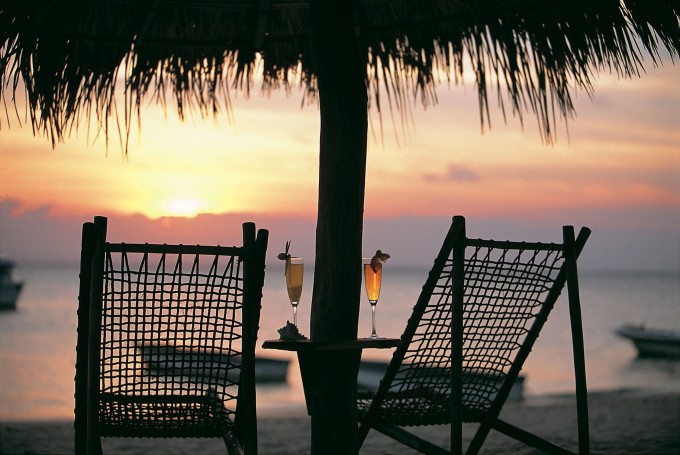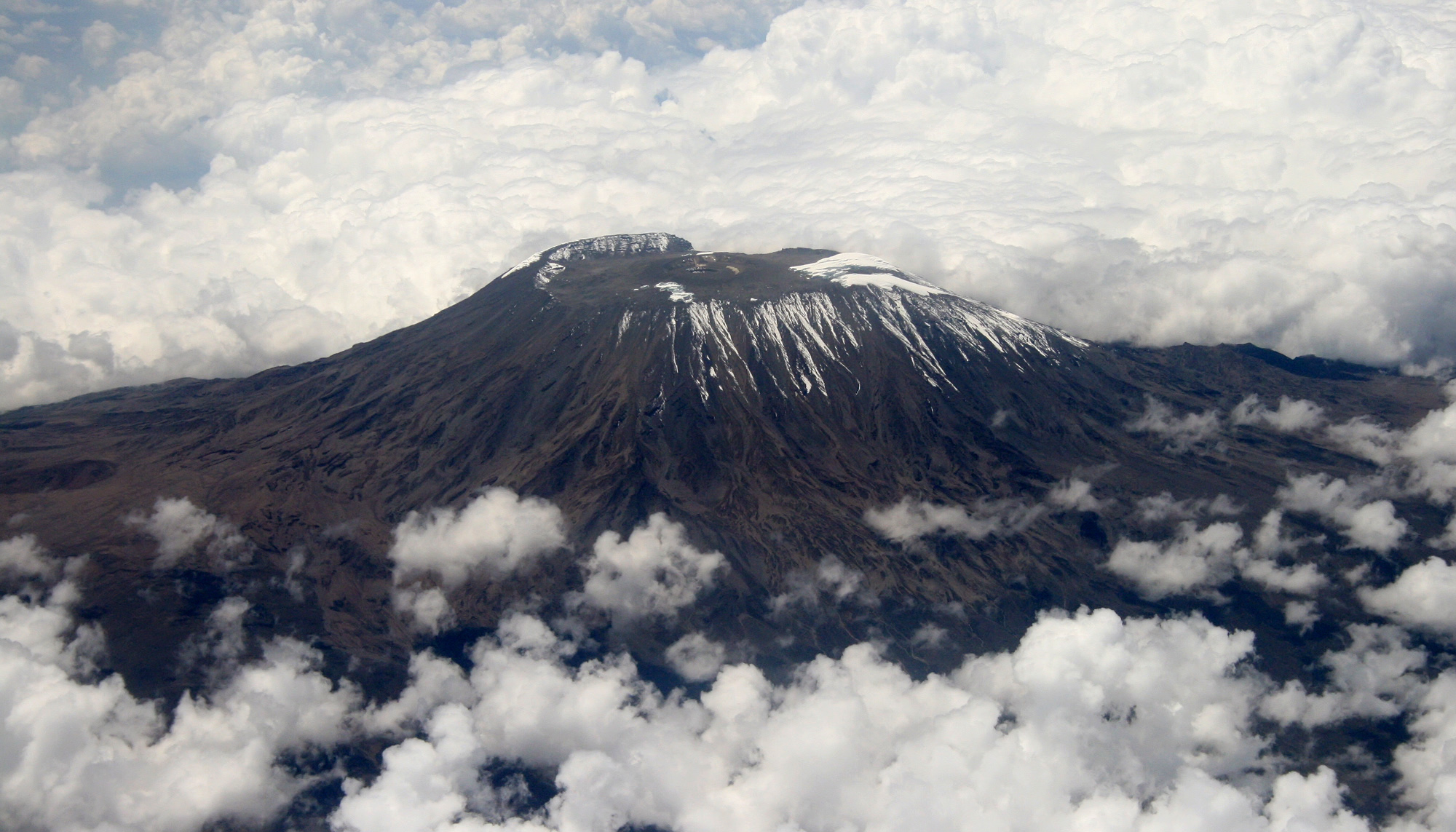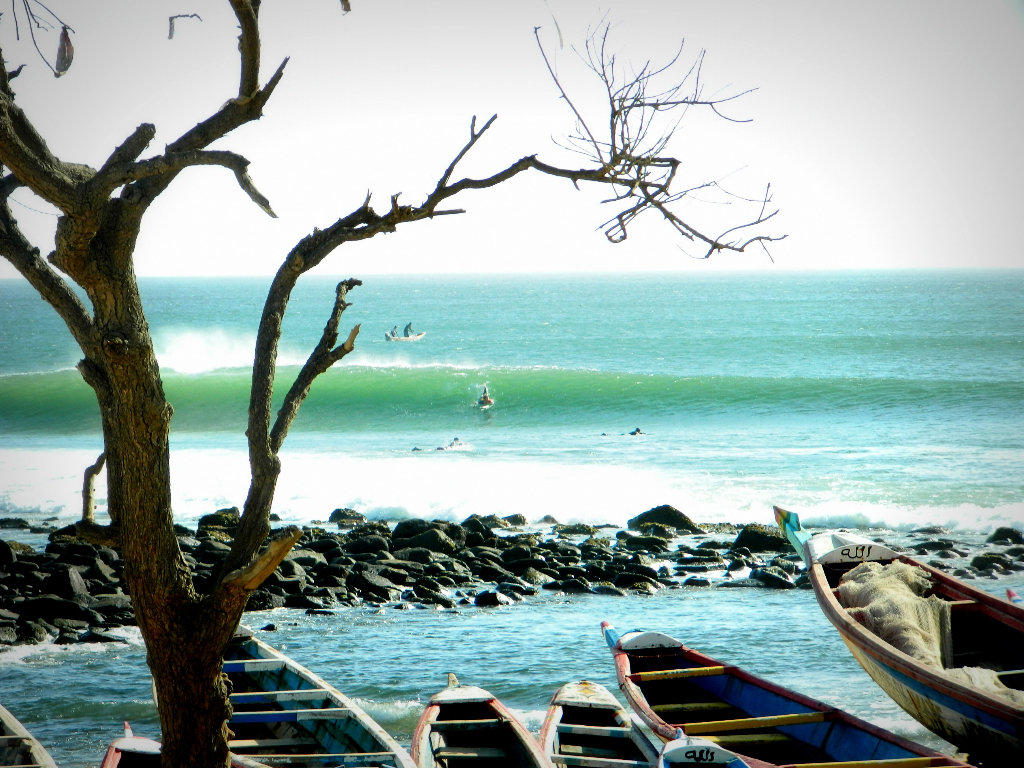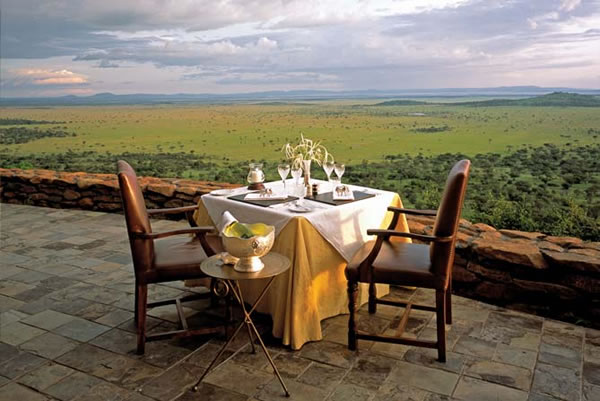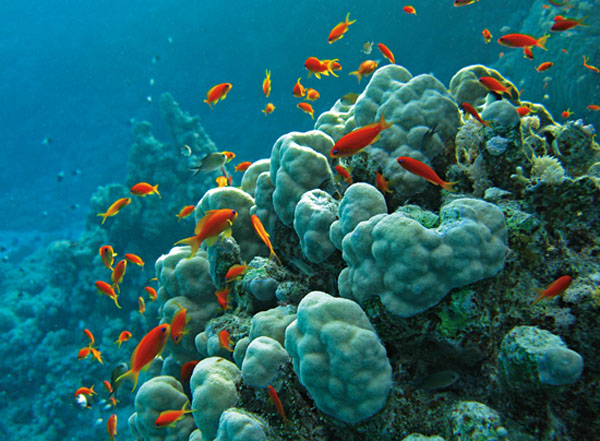

By Chicamod.com
Colossus of Rhodes.Hanging Gardens of Babylon.Mausoleum of Halicarnassus.Pharos of Alexandria.Phidias’ statute of Zeus at Olympia.Pyramids of Egypt.Temple of Artemis at Ephesus.
These are the Seven wonders of the ancient world.
They are cast on stone. They are immortalized in our history books. In other words, you cannot vote for them.
Red Sea Reef. Mount Kilimanjaro. Sahara Desert.Serengeti Migration.Tsingy de Bemaraha. Avenue of the Baobabs. Ngorongoro Crater Aldabra Atoll. Okavango Delta.Zuma Rock. Mount Kenya. Peak of the Furnace.
These are not cast on stone. And you know what? They are a list of “Recommended Natural Wonders of Africa” and you can vote for them and get to play a part in selecting the new 7 natural wonders of Africa.
Here’s a brief description of Africa’s Natural Wonders that you might need to read and vote for:
Red Sea Reef:The Red Sea Reef stretches over 1,240 miles along the coast of Egypt, Sudan, and Eritrea. There are more than 1,100 species of fish that call this Red Sea Reef home and nearly 10% of these are exclusive to this region. The reef features include abundant aquatic life, platforms, lagoons, and cylinders.
Mount Kilimanjaro:Mount Kilimanjaro is one of the largest stratovolcanoes in the world reaching 19,340 feet (5,895 m) into the air. As the tallest mountain in Africa, Mount Kilimanjaro is also the tallest free standing mountain in the world. Kilimanjaro is a composite volcano that includes layers of lava, tephra, and volcanic ash. The volcano is currently inactive with no known history of eruptions. It has seven different peaks with Uhuru Peak being the highest. Kibo peak features a 1.5 mile wide crater.
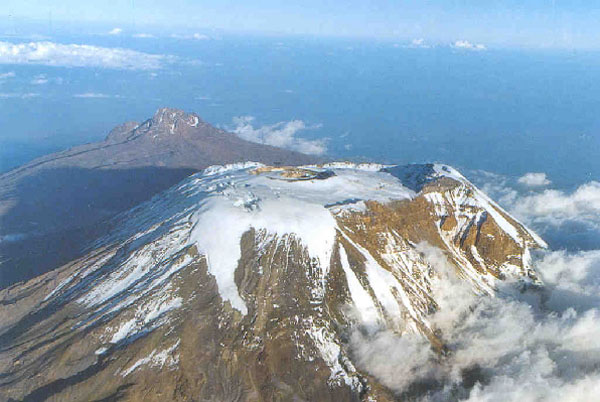
Sahara Desert:It is the largest hot desert in the world, covering 11 countries and accounts for 3,500,00 square miles (9,000,000 sq km). It has Sand dunes as high as 600 feet (180 meters).
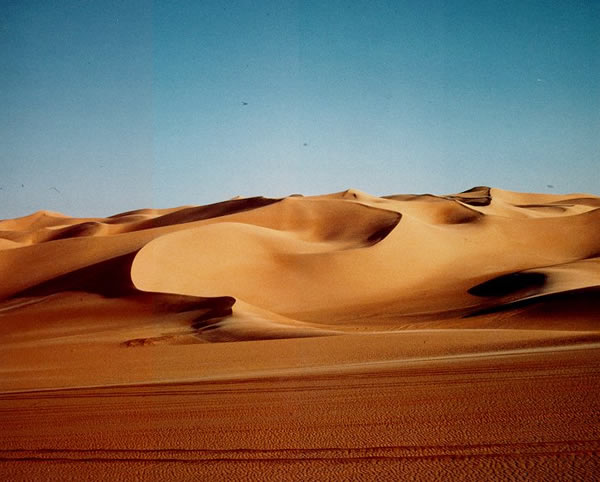

Serengeti Migration( Or rather, the wildebeest migration):The Serengeti migration is the longest and largest over land migration in the world. The Serengeti plains account for over 18,641 square miles and the migration itself travels 500 miles on the path from Tanzania to the Masai Mara Reserve in Kenya. Approximately 80% of the Seregeti plains are protected by the Tanzanian and Kenyan governments.
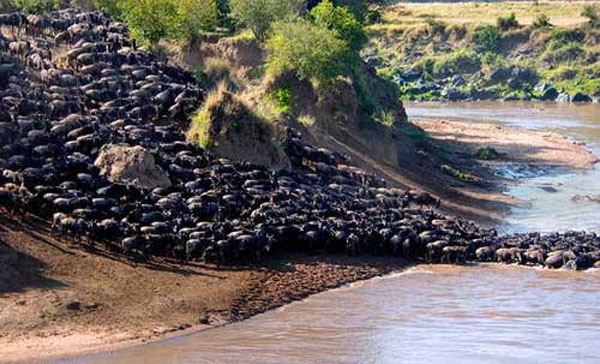

Tsingy de Bemaraha:Located on the western coast of Madagascar,Tsingy de Bemaraha is a unique geographical area with intriguing landforms. It is also known for its mangrove forests and lemur populations. It has been declared a UNESCO world heritage site.
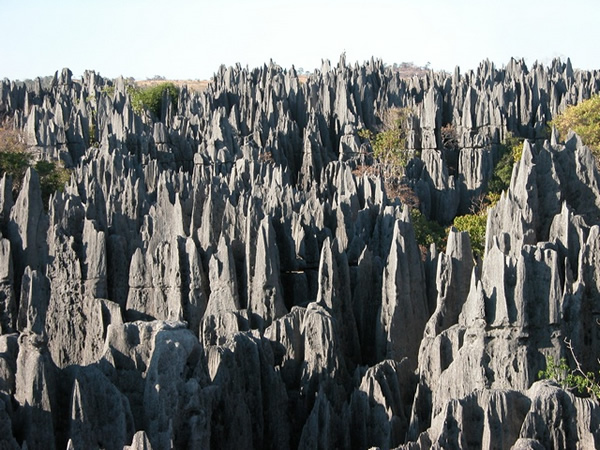

Avenue of the Baobabs:The Avenue of the Baobabs, also known as the Alley of Baobabs, is located in Madagascar but the tree may be experienced in several other parts of Africa. The largest baobab trees are considered to be in South Africa. These trees are reported to have a circumference of 160 feet (50 m). The tree can be up to 800 years old, reaching heights of 98 feet (30 m).
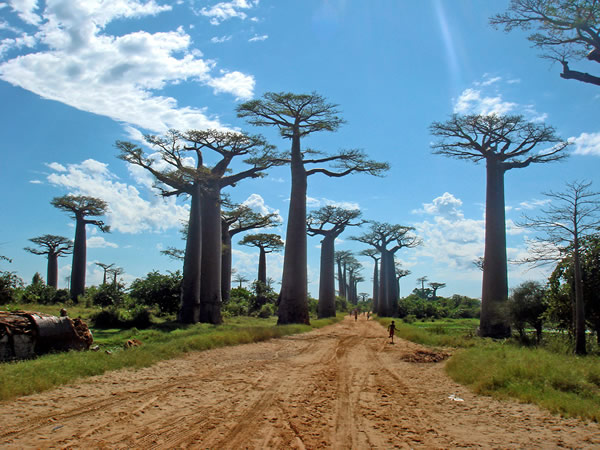

Ngorongoro Crater:It is the world's largest unbroken caldera. Often referred to as "Africa's Garden of Eden," the crater is home to over 30,000 animals including elephants, lions, cheetahs, wildebeests, buffaloes, and the rare black rhinos. The Crater is 12 miles (19 km) across and covers 102 square miles (264 sq km) and rises over 2,000 feet above the caldera floor.


The Aldabra Atoll:It is the second largest atoll in the world behind the Kiritimati atoll. It stretches 21.1 miles (34 km) long and 9 miles (14.5 km) wide. The Aldabra atoll is 26.2 feet (8 m) above sea level and has a land area of 96.5 miles (155.4 km). The lagoon stretches 139.1 miles (224 km) across; much of the lagoon will be exposed during low tide.
The Aldabra Atoll includes a ring of four larger islands: Grand Terre, Malabar, Polymnie, and Picard, and a few smaller islands. The islands have no inhabitants apart from a small staff of rangers. The atoll accounts for the largest population of giant tortoises. Additional wildlife includes: hammerhead sharks, barracuda, green turtles, hawksbill turtles, mantarays, and various birds.
It is a home to the Aldabra rail which is the last surviving flightless bird of the area.
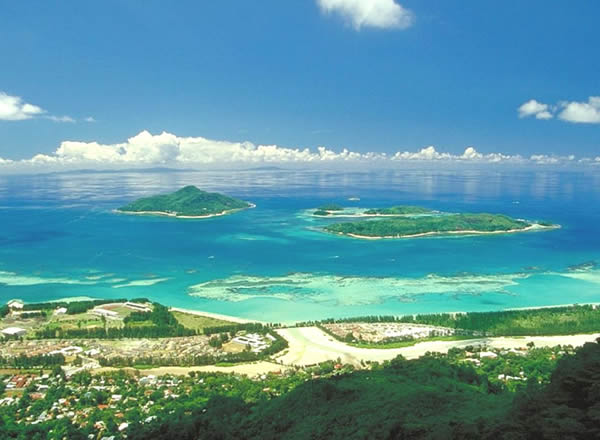

Okavango Delta:Located in Botswana, it is the world's largest inland delta. The delta is created from the rains the fill the Okavango River which is delivered to the basin of the Kalahari Desert. This is caused from the rainy season that occurs between January and February. The waters begin filling the delta in March and rising to the peak months of July and August.
The majority of water is lost to evaporation and transpiration. Plants and transpiration account for 60% of the water lost followed by evaporation with 36%. The delta is extremely flat with less that 7 feet (2 meters) of elevation change. Every year the delta features 11 cubic kilometers, or 11,000,000,000,000 liters, of water flow.
It has been recognized as a World Heritage site.
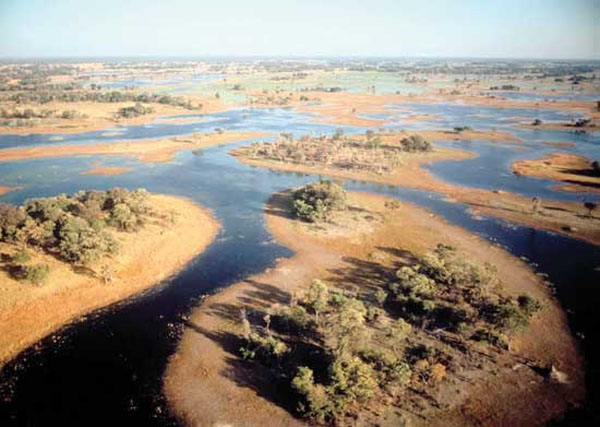

Zuma Rock:It is a monolith found in Nigeria. It is easily observed by driving the road out of Abuja which is the capital of Nigeria. The nickname, Gateway to Abuja, is derived from this road. The Zuma Rock features a naturally occurring face on the side of the monolith and is pictured on the Nigeria 100 note.
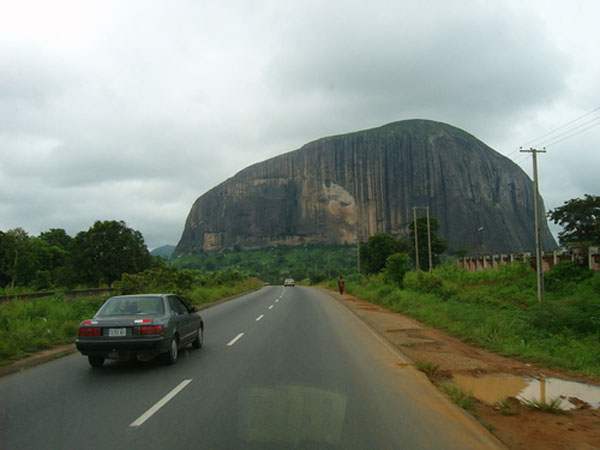

Mount Kenya:It is the tallest mountain in Kenya and is only second to Mount Kilimanjaro. The mountain features three peaks over 16,000 feet: 1) Batian as the tallest at 17,058 feet (5,199 m), 2) Nelion at 17,022 feet (5,188 m) and 3) Lenana at 16,355 feet (4,985 m).
Mount Kenya is located in the Mount Kenya National Park close to the equator. The UNESCO has declared Mount Kenya as a world heritage site. The park and area receives approximately 15,000 visitors each year.
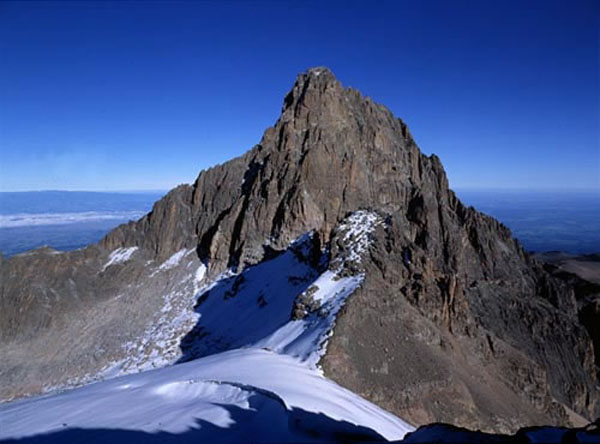

Peak of the Furnace:The Peak of the Furnace (Piton de la Fournaise) is one of the most active volcanoes in the world. The Enclos Fourque caldera is 5 miles (8 km) wide and accounts for the top part of the volcano. Dolomieu is a 400 meter lava shield found inside the caldera. In addition to the lava shield, the caldera features craters, spatter cones and beaches.
So, what are you waiting for? Hit up this link to go and vote for these natural wonders or even nominate other natural wonders you might know of. The aim is to have the 7 natural wonders of Africa. The Seven Natural Wonders, a global grassroots endeavor committed to protecting the natural wonders of the world, is the one thatis behind this great initiative. Their mission is to help people discover and explore the natural wonders of the world, to teach them about the wonders and the things that threaten their existence, and to inspire them to create a philosophy and practice of conservation.
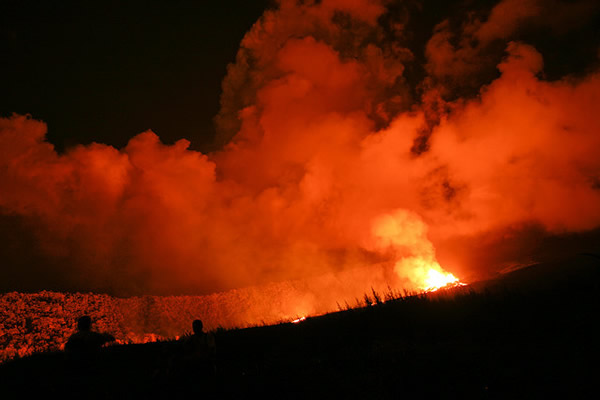

.





